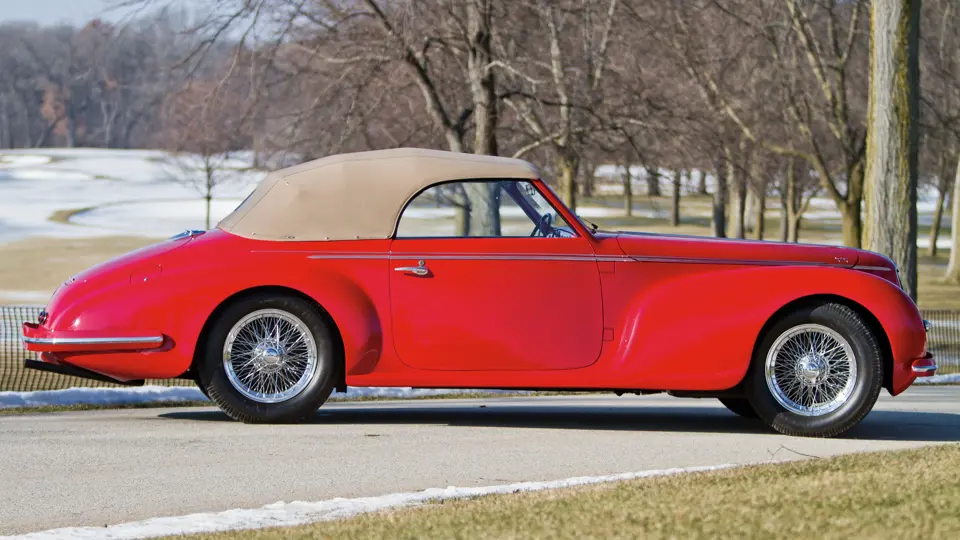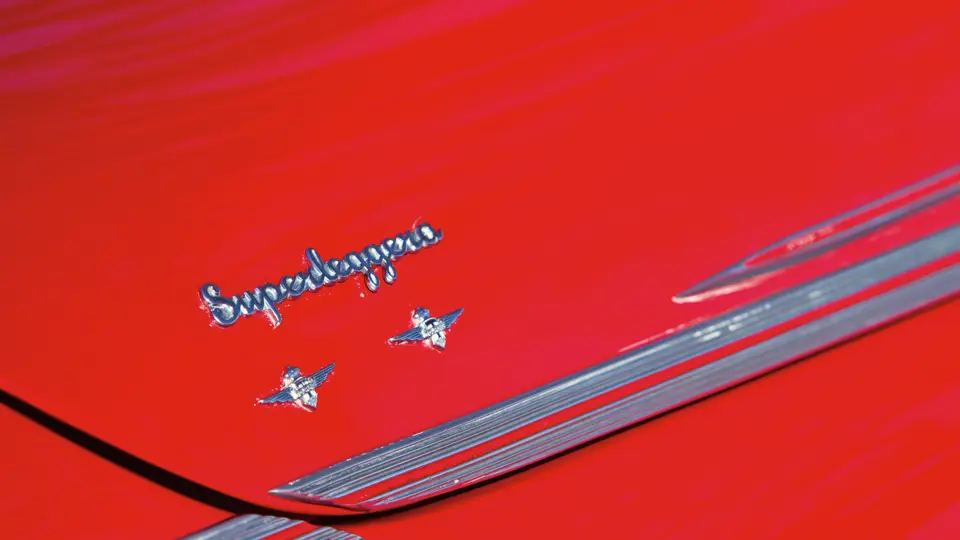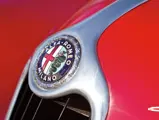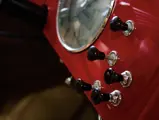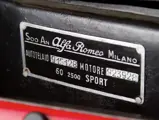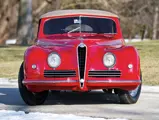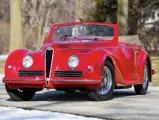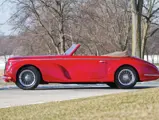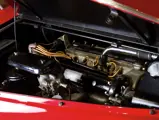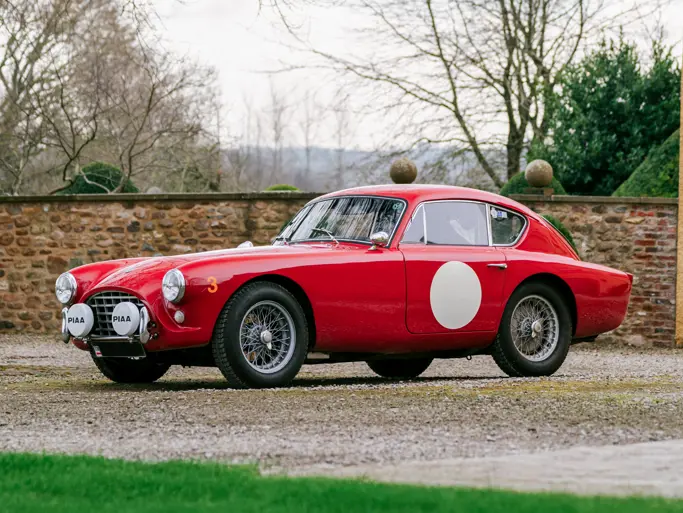95 bhp, 2,443 cc dual overhead cam inline six-cylinder engine, four-speed manual transmission, four-wheel independent suspension, four-wheel hydraulic drum brakes. Wheelbase: 118"
• One of only three produced
• The only example in existence with original chassis, engine and body
In 1939 the Alfa Romeo 6C 2300 was replaced by the 6C 2500. Although the basic engine design traced its roots to the great prewar racing machines, highly regarded automotive author and historian Griffith Borgeson characterized the 2500 as a "bridge to post-World War II production." This change was affected by an increase in the cylinder bore of two millimeters as well as an improved cylinder head for better aspiration and increased compression, from 6.5:1 to 7.1:1. In the Sport configuration this translated into a respectable 95 horsepower with performance aided by the Superleggera chassis construction developed by Felice Bianchi Anderloni of Carrozzeria Touring.
Originally named Carrozzeria Falco, the name of the firm was changed in 1926 when it was purchased by Anderloni and partner Gaetano Ponzoni. By the nature of its location in Milan the coachbuilder was in close proximity to Citroen, Isotta-Fraschini and of course Alfa Romeo. Although geography naturally led to early consignments from all three marques, Carrozzeria Touring became strongly associated with Alfa Romeo due to the stunning bodies it created for the manufacturer’s road and racing chassis of the 1930s. Touring was a leader in design and aerodynamic research and even had its own wind tunnel for testing. A result of this development, the style embodied in this example is known as Torpedino Brescia and exists as an interim step between the traditional separate fender coachwork of the early 1930s bodies and the later full envelope bodies which would appear in the early 1940s.
Chassis 915128 is one of three examples originally built in this four-passenger cabriolet configuration by Touring; of those only two are extant, and only this car retains its original chassis, engine and body. This example was purchased new by General Von Carnap in Berlin; it is believed that he was responsible for sourcing several Alfas for high-ranking German officers. Angelo Tito Anselmi’s authoritative book, Alfa Romeo 6C 2500, notes that the chassis was completed in June of 1942, and its delivery almost a year later in April 1943 would indicate the period spent constructing the beautiful cabriolet coachwork. Period images of this particular sporting body style are printed in the aforementioned book as well.
The car makes it next appearance in Texas in 1960 in the hands of Donald Vesley, who sold it on to Lew Lazarus in 1974. The car remained in North America until the early 1980s, and after being treated to a restoration, 915128 was sold to Paul Myers in 1989. Since the late 1990s, it has been owned by two different owners. This car was awarded CCCA Senior Badge No. 2219 for winning first place in the Primary Division at the 1999 Spring Grand Classic. It has also been awarded Most Elegant Sports Car at Amelia Island in 2005 and Best In Class at the Greenwich Concourse d’Elegance in 2008. Since entering the collection of its current owner, it has been maintained in climate-controlled storage and driven sparingly. When judging the quality of a professional restoration, the true test of craftsmanship comes not when an automobile leaves the restoration shop but rather by the condition it displays years later. In the case of 915128, the restoration is just over two decades old yet remains in competitive condition to this day. The new owner of this rare Alfa may show it as-is, resting assured that this sporting automobile is one of the most affordable ways to gain entrance to any of the finest concours events on the planet and will forever remain a testament to the exceptional collaboration between Alfa Romeo and Carrozzeria Touring.




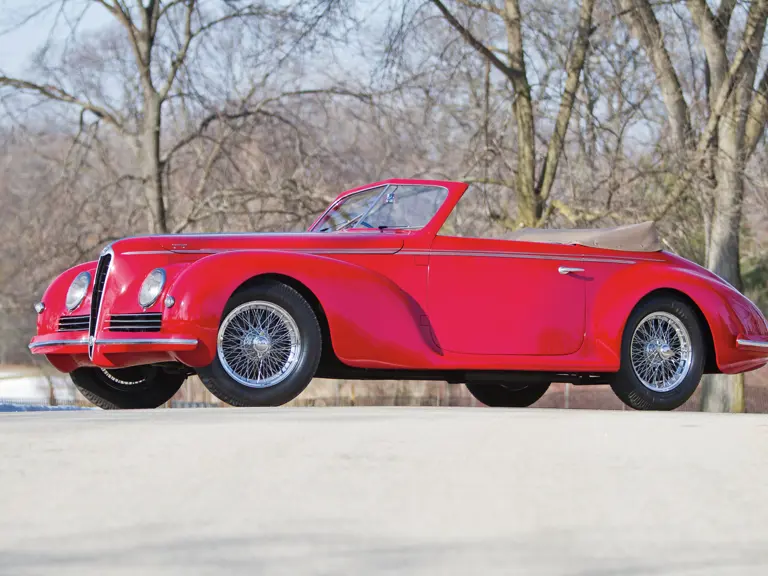

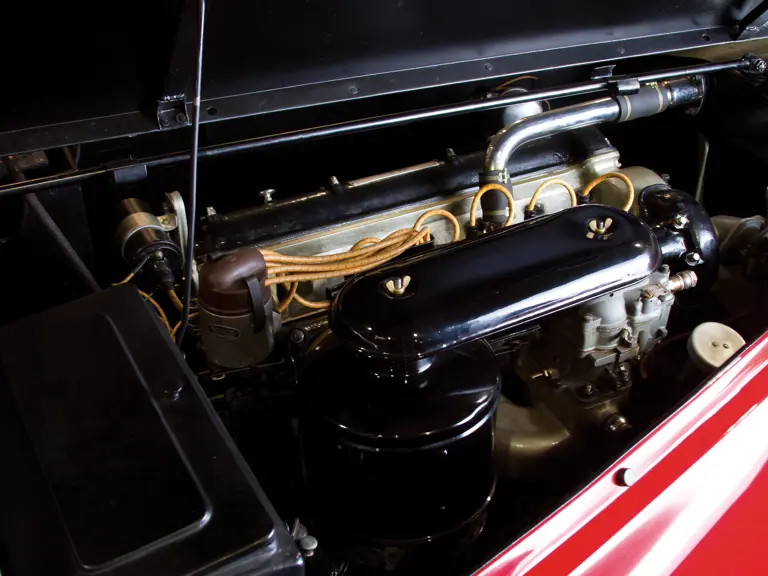
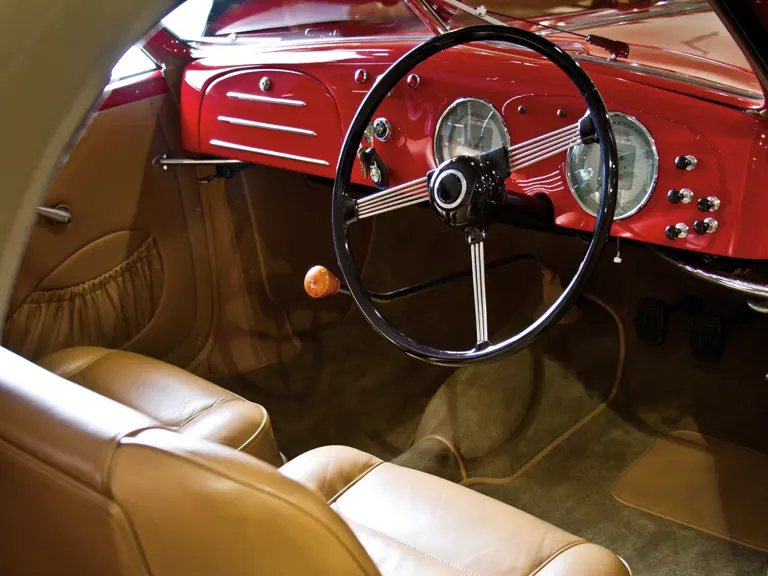
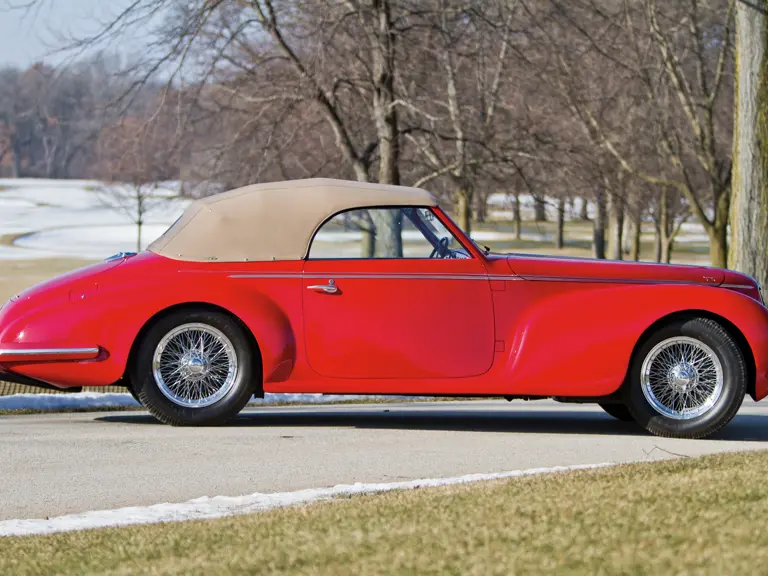
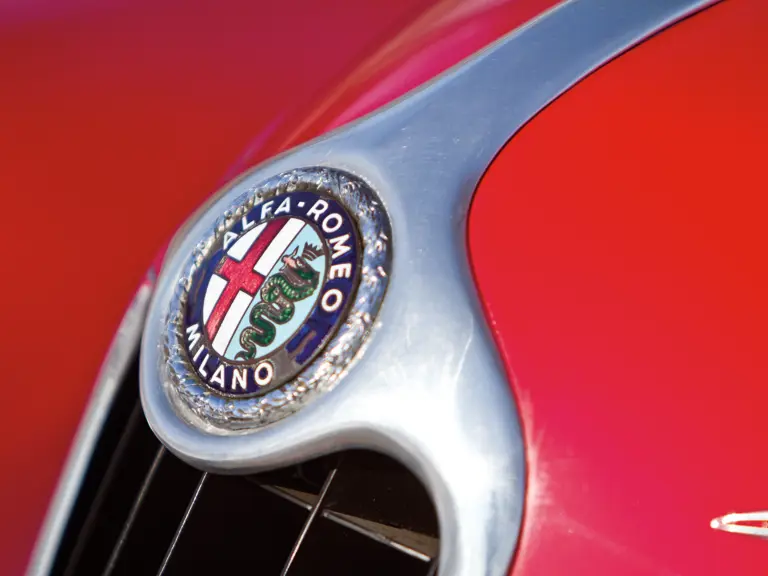
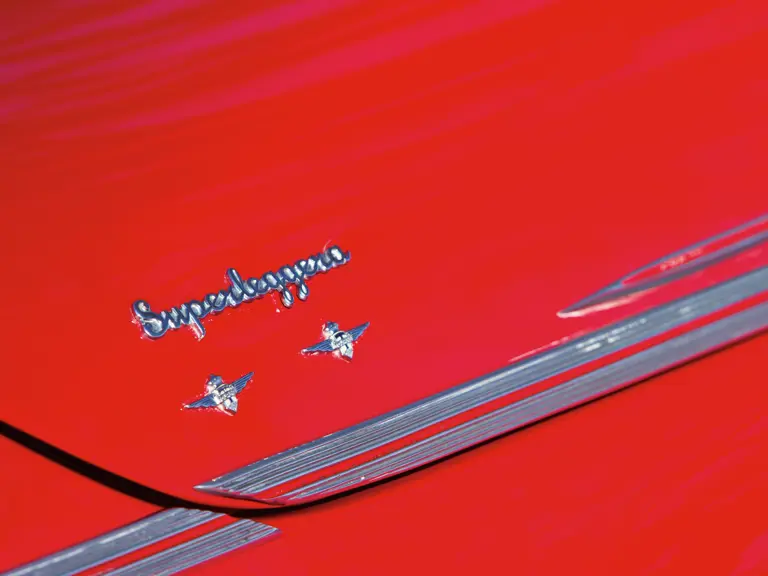
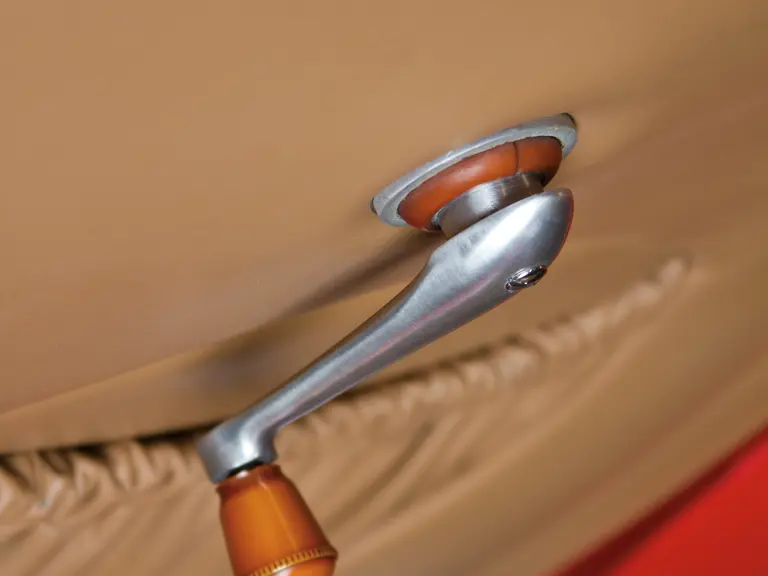

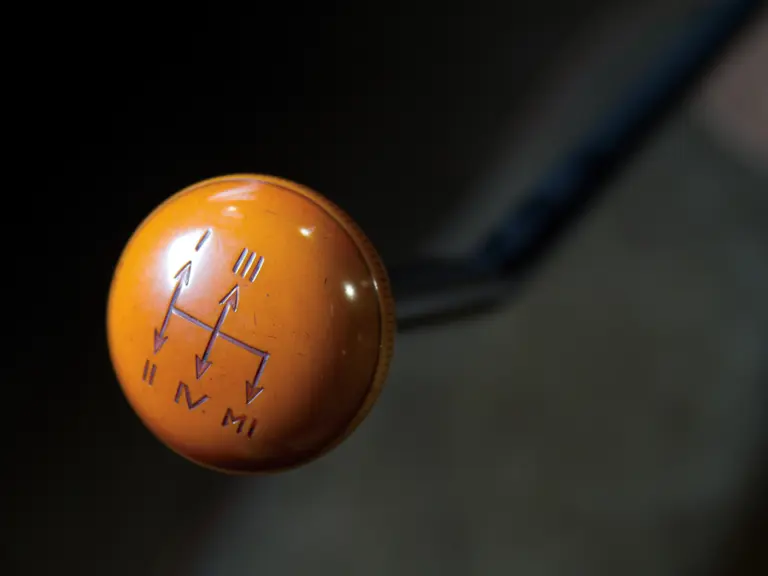

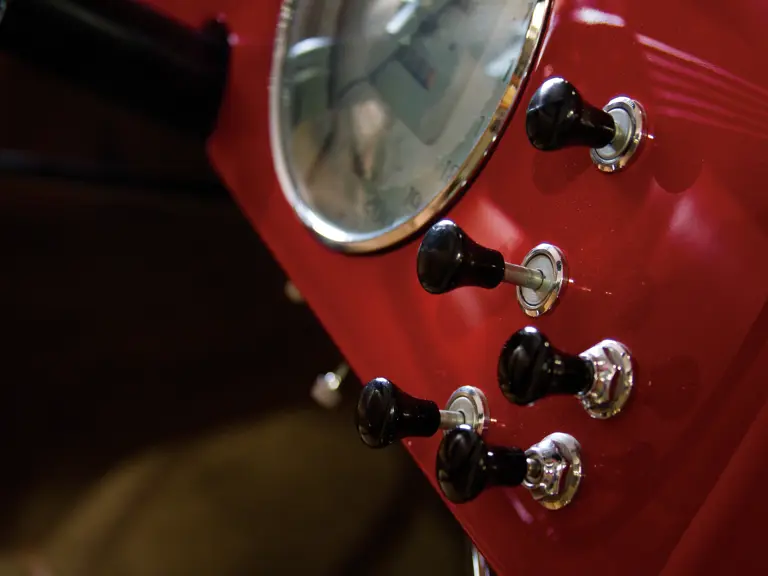
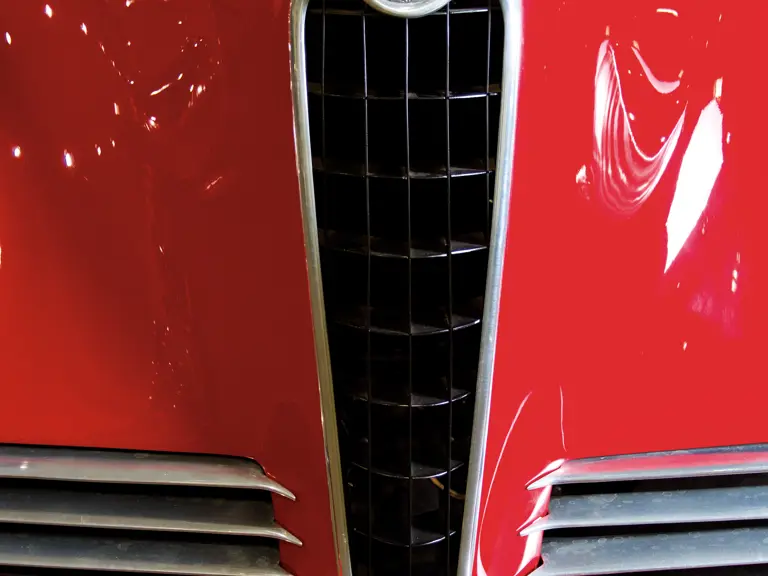
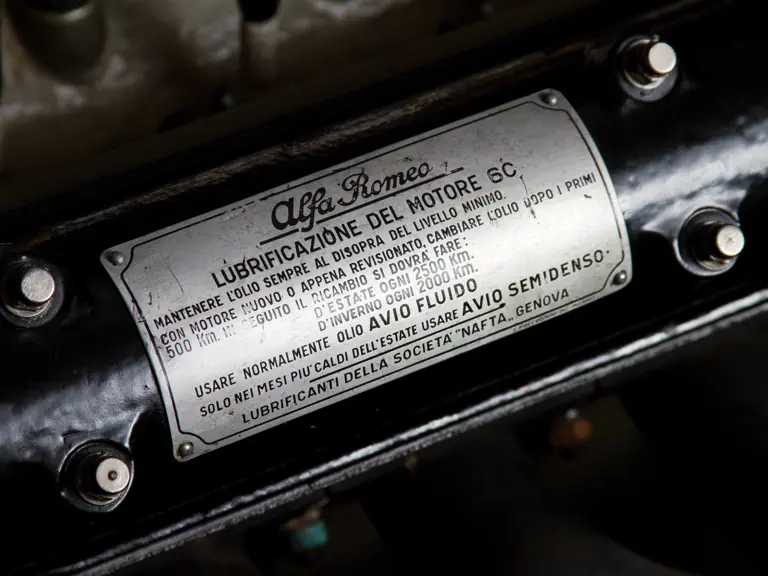
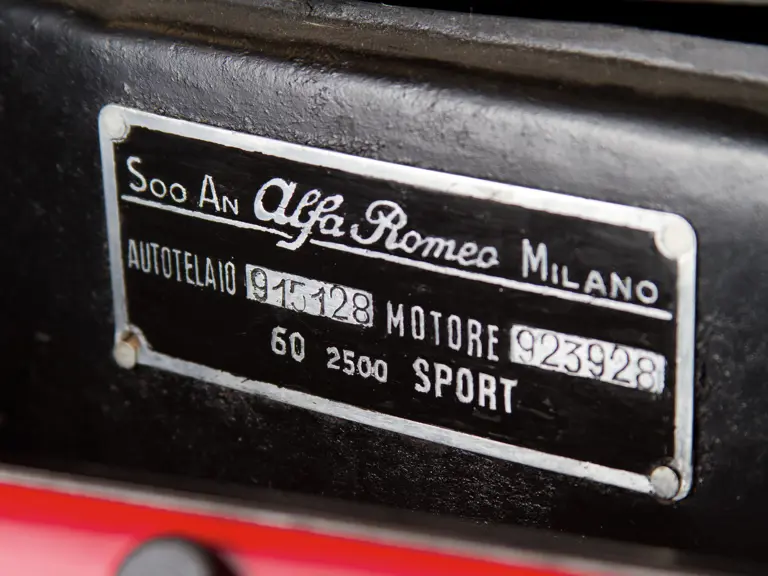

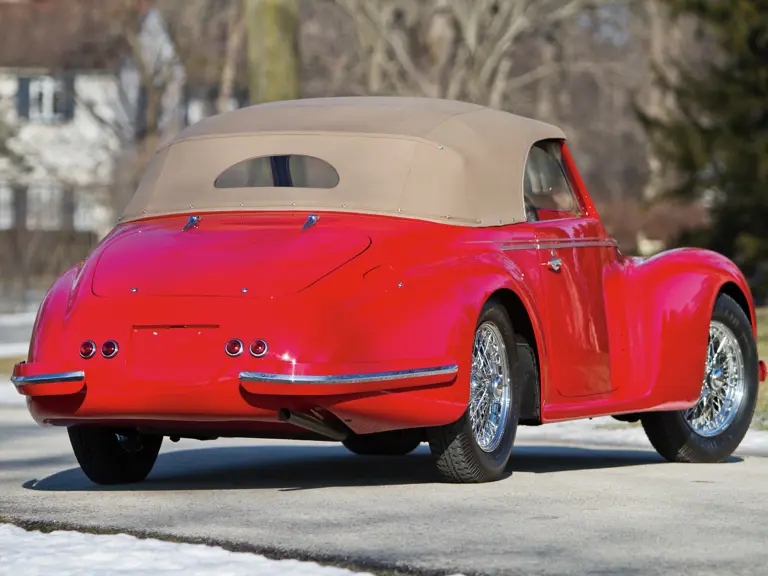


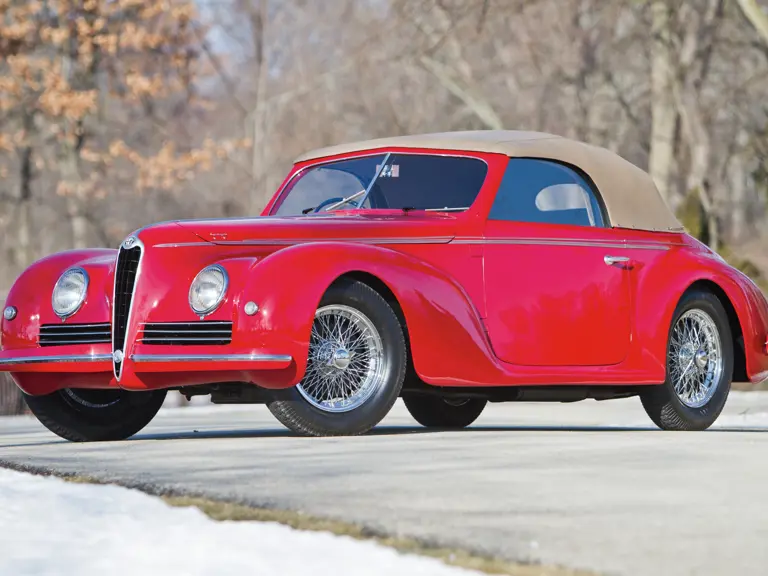
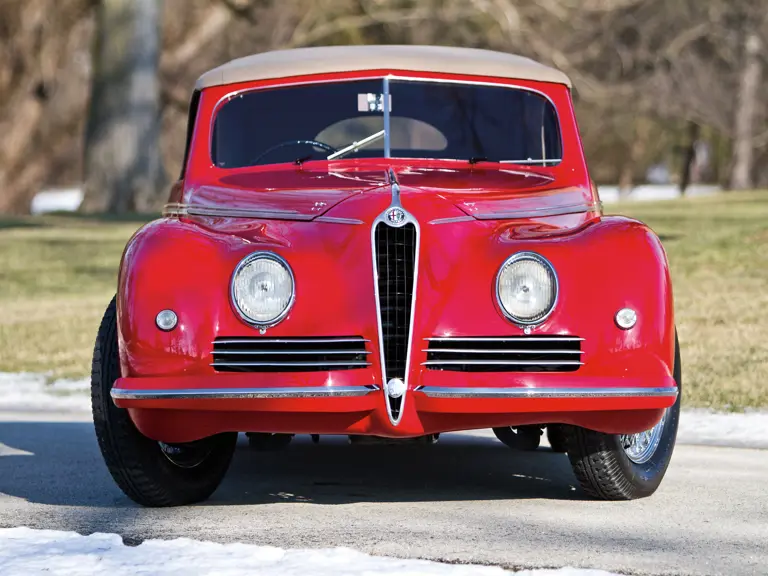



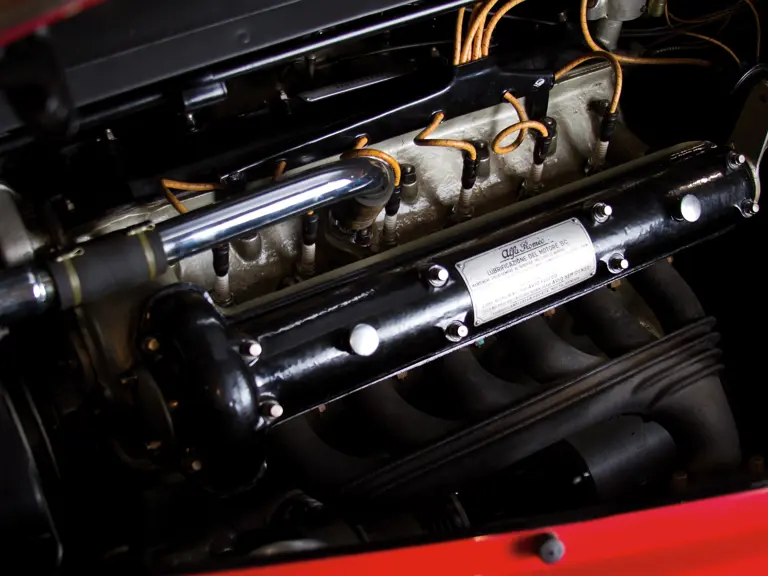

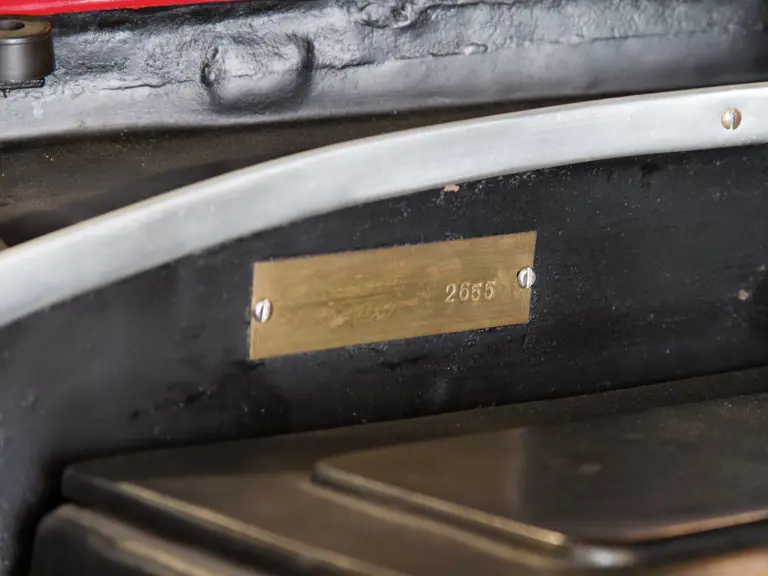
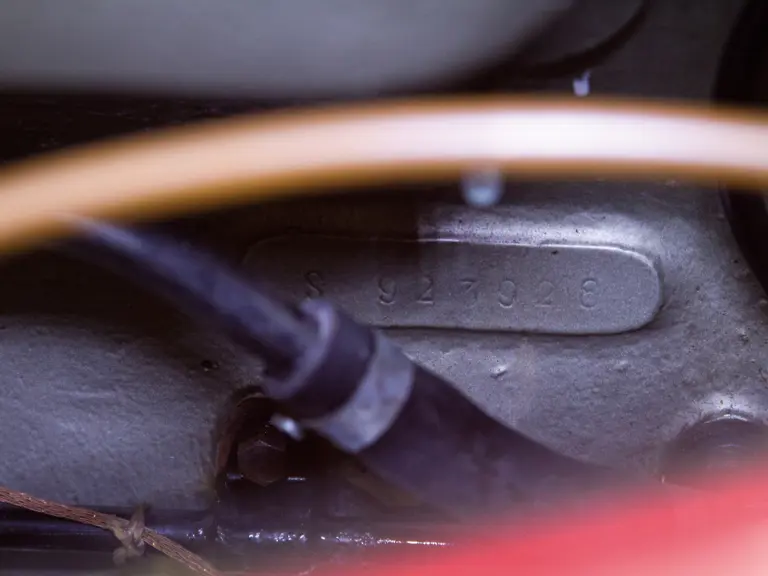
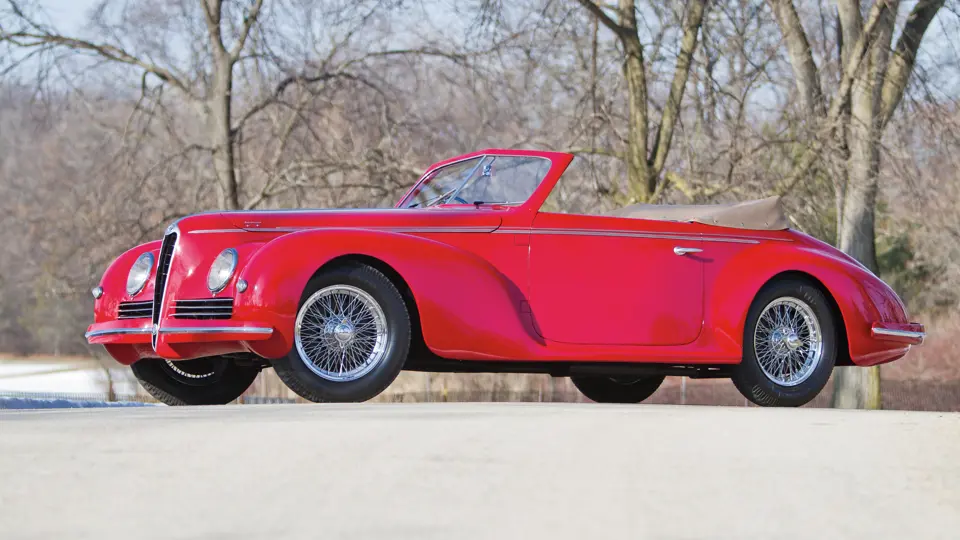
 | Amelia Island, Florida
| Amelia Island, Florida
